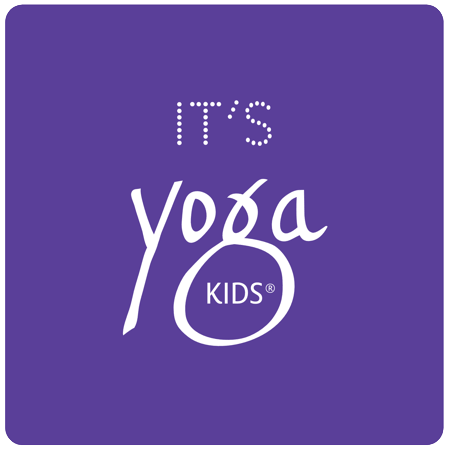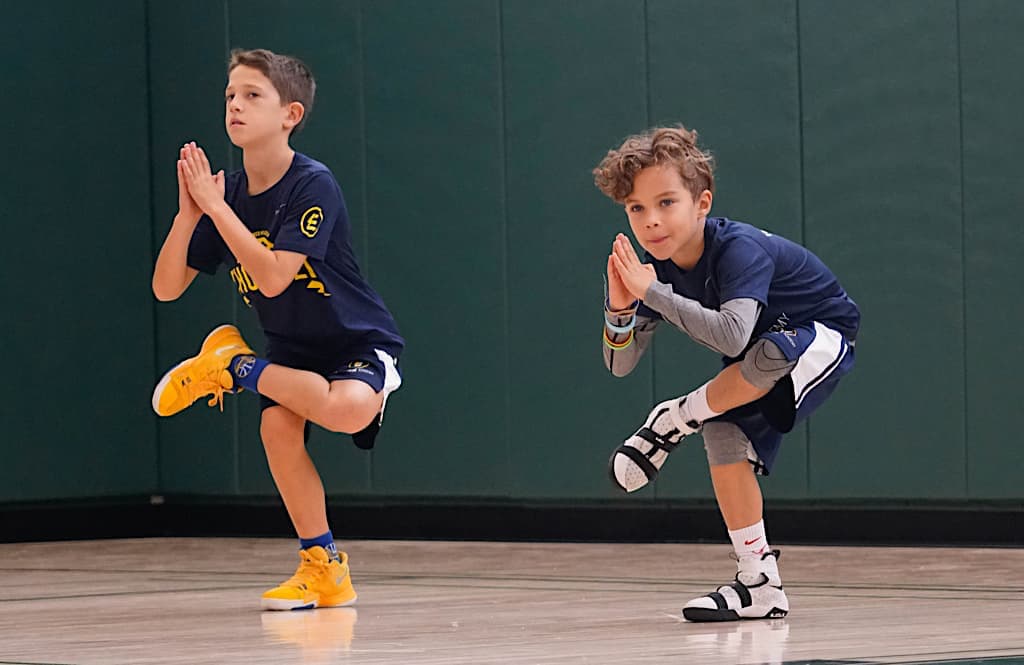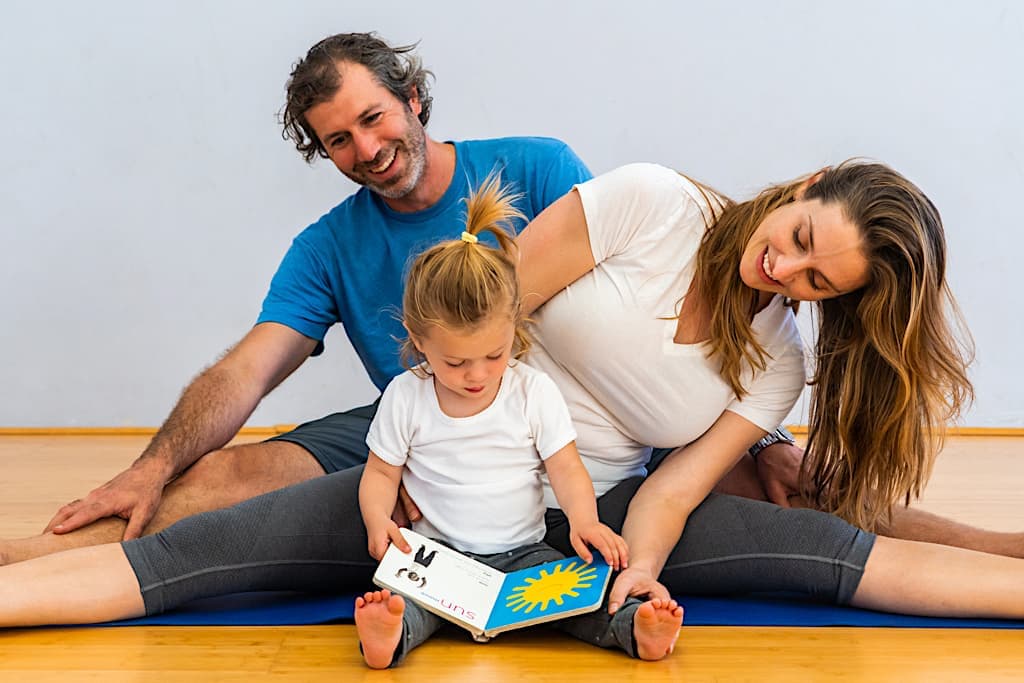Problems for Youth Athletes (Part 1) outlined common issues student-athletes face at the collegiate level. Yoga can help protect the growing body and brain from over impact and mental fatigue. The practice takes 2 to 10 minutes daily and can be worked into any sport or performing art.
These pre-practice, game or performance routines and post-practice, game and performance cool downs can prevent injuries and maximize mental capacity to maintain self-motivation and achieve peak performance.
Outcomes
- Full spinal rotation – lumbar, thoracic and cervical spine
- Flexible Hamstrings – strong posterior chain from calves to gluteus maximus
- Strong and Flexible Extensors – core strength and minimal back pain
- Opposition – ability to cross the midline with balanced mobility
- Internal Rotation – ability to connect to core strength
- Strong Proprioception – body awareness and balance = agility
- Stable Joints – controlled deceleration and full range mobility
- Motivated – positive performance oriented mindset
Parents can protect their kids by urging youth coaches, sports leagues, and performing arts organizations to explore these basic proven practices that enhance growing kids’ mental and physical performance over time.
Many parents want their sporty kid to play and secure a college scholarship and why not? Attending college is more expensive than ever! However, according to Stanford Children’s Hospital, ”…More than 3.5 million children ages 14 and younger get hurt annually playing sports…”
Here’s what the top trainers at the collegiate level say about the condition of the students-athletes who actually make it. Common problems emerge from specialization at young ages both physically and mentally.
Challenges
- Limited spinal rotation – most sports are linear and don’t incorporate twisting
- Tight Hamstrings – weak posterior chain from calves to gluteus maximus
- Weak and Inflexible Extensors – this leads to lack of mobility and back pain
- Opposition – inability to cross the midline with balanced mobility
- Externally Rotated – lack of ability to internally rotate and connect to core strength
- Poor Proprioception – ability to balance on one limb
- Compromised Joints – connective tissue is worn down creating pain, permanent damage or required surgery(ies)
- Burned Out – lack of motivation and/or negative attitude or energy
Yoga can help alleviate many of these issues throughout the growing process yielding a healthier student-athlete.
Read Part 2 to see how.
Many sports and dance are highly ballistic, meaning muscles must contract at maximum speeds in short bursts and require explosive movement (jump, lunge, sprint and change directions) as fast as possible. Pre-sport warm-ups should be dynamic movement that reflects the demands of the sport or performing art, especially for growing bodies and minds.
Yoga targets Mindset practices (meditation and mantras) and Movement for muscle groups specific to jumping, pivoting, lateral slides and lunging patterns. This bridges activity so muscles can be a peak tension before training, play or a performance.
Post practice, game and performance cool downs can help repair the body and mind. Recovery with reflection and static stretches can help prevent injuries and maximize mental capacity to maintain motivation and achieve peak performance.
Do Yoga. Yoga is a most empowering practice. No matter your ability or disability, it works for any age from birth through adolescence. No other activity that kids do can match all its benefits. Not one!
Capable. Babies are born to do yoga, from the fetal position at birth (Child’s pose) to walking which requires balancing on one foot (Tree Pose). Each developmental milestone for baby’s development is a yoga pose. If babies can do yoga, then we can all do yoga!
Courageous. Children of all ages almost always take on challenging poses in yoga. That bravery, the willingness to fail or succeed, translates to the classroom, sports and performing arts. When a child feels supported in their effort and not condemned for their outcomes, it promotes a growth-mindset enabling them to take calculated risks and achieve their best over time.
Confidence. Yoga works for all ages and kids are good at it regardless of their ability. This builds confidence in young children who are learning how to manage their bodies, and especially for middle-schoolers and teenagers whose bodies and brains are chaining rapidly. Puberty is quite un-nerving! Yoga builds their skills with healthy mindset and movement habits.
Nearly every adult who does yoga wishes they had learned it sooner and especially in the teen years! They say, “If I had Yoga, it would have saved me from doing a bunch of stupid things for other people’s love/approval.”
We know women and moms do yoga, but what about dads? There are 10 million men practicing yoga in the US, up from 4 million in 2012. Approximately half of men become fathers according to WebMD..
We see so many dads at Family Yoga on the weekends. It’s been interesting to hear why dads come to yoga.
Here are popular responses:
- “At first, my wife made me come with our toddler, but I actually really liked it, and I wanted to come back. Now it’s become our regular daddy/daughter time.” - Jay G.
- “I was always curious about yoga, but the environment was never right. The gym was to busy and a yoga studio was too intimidating for a newcomer. I’m surprised how fun, challenging and accessible yoga is for me with my athletic kids. – Michael L.
Yoga is truly for everyone. Dads too!


